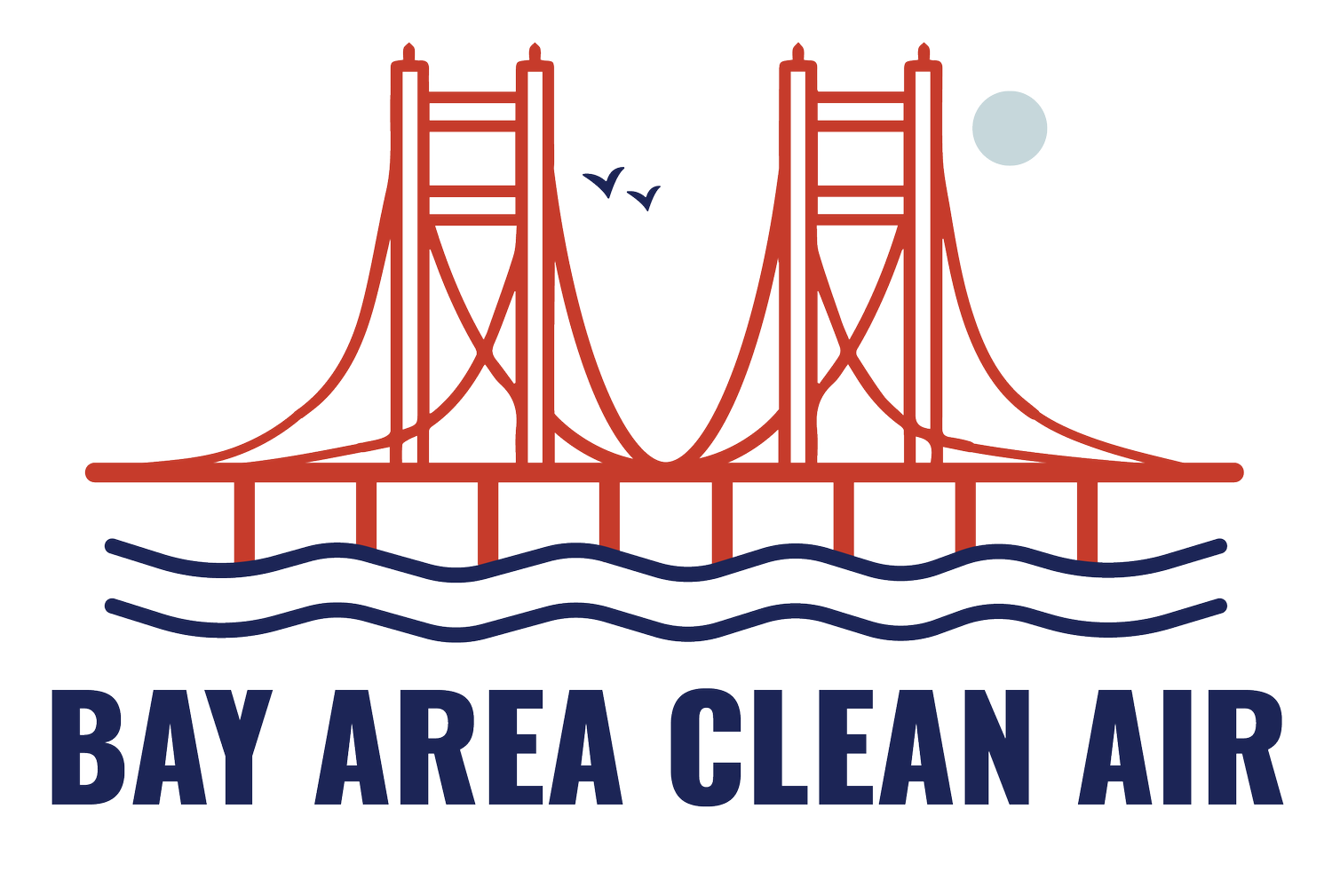The Heat Pump Revolution Is Here — And the Bay Area Is Leading It
Author: Larry Waters
Nearly six years ago, I made a bold and scary move: I retired from my cushy, no-stress sales and design position at a leading HVAC company to build my own heat pump business, focused on helping homeowners replace their gas water heaters, furnaces, and other appliances with efficient electric alternatives. Other contractors told me it was too early, too niche, and that I was crazy. But I saw the writing on the wall and knew where the industry was headed—and I was excited to be part of that future.
Over one thousand heat pump installations later, the results speak for themselves. Our team is busier than ever, and the calls keep coming. Customers aren't just replacing broken systems—they're upgrading their homes. And they're thrilled with the results: more consistent comfort, noticeably lower energy bills, and best of all, no more combustion fumes in their living spaces.
The numbers confirm this momentum. Heat pump shipments outsold gas furnaces nationwide by their biggest-ever margin last year, continuing a trend that's been building for years. From April 2024 to March 2025, 43% of all air conditioners sold in the U.S. were heat pumps—a clear sign that homeowners are looking for more than just cooling; they want year-round comfort and energy efficiency. This rising demand reflects improved technology and homeowners' desire for more affordable, efficient equipment.
Demand is surging, and the Bay Area is positioned to see even greater momentum, thanks to forward-thinking air quality standards adopted by the Bay Area Air District in 2023. These standards will transition most space and water heating appliance sales to pollution-free technologies like heat pumps, starting in 2027 for water heaters and 2029 for furnaces. Importantly, no one will be forced to remove working equipment; in most cases, the transition will happen naturally when old systems fail and need to be replaced. For households, this means healthier air in our communities, more efficient systems, and better long-term savings.
As regulators at the Bay Area Air District prepare to implement these standards, one question contractors like myself often hear is: Will the workforce be ready to meet growing demand for heat pumps?
The short answer is: we're on the right track, but we have a lot of work to do. Here's what will get us there. Through our experience meeting many contractor owners, salespeople, and installers in our classes, we've found marked improvement in uptake when company owners are in the room. We need to ensure owners and salespeople are champions of the technology. Once they're selling these systems confidently, technicians adapt and master the installation process remarkably quickly.
The Bay Area is well on its way. Across California, more than 30,500 contractors—including HVAC techs, plumbers, and electricians—are already trained to install these systems. In the Bay Area specifically, 68% of contractors are aware of the upcoming zero-emission appliance requirements, and over half say they can respond to emergencies—like replacing a broken gas water heater or furnace with a heat pump—within 48 hours. That readiness is critical, because most homeowners make replacement decisions under pressure—when their system breaks and they need a quick solution. The Bay Area should build on this strong foundation by continuing to grow the workforce with high-quality training that equips contractors to work with these advanced technologies.
Fortunately, there are already strong training pathways in place. Some manufacturers are offering hands-on instruction for specific equipment, and trade schools and community colleges are increasingly incorporating heat pump installation into HVAC and plumbing programs. Many contractors also gain experience directly on the job, learning from mentors and colleagues in real-world conditions. Expanding access to these training options, especially for small and independent contractors, will be essential to keeping pace with growing demand.
Policymakers can also bolster readiness by ensuring incentive programs are working for the people doing the installations. Right now, navigating rebates can be time-consuming and confusing—not just for homeowners, but for contractors, too. The more we can streamline these systems, the more time we’ll have to actually do the work, instead of chasing paperwork or adding more people to our company just to handle the administrative burden.
The Bay Area is well-positioned to put these new standards into action. If you’re a homeowner facing a broken gas appliance, this is your moment to make a smarter choice. If you’re a contractor, this is your moment to take advantage of an enormous business opportunity. If you’re a hard-working go-getter looking for an amazing career, look to clean energy —the market for clean heat is taking off. And if you're a policymaker or program administrator, this is your moment to make sure the transition is smooth, fast, and equitable for every household.
